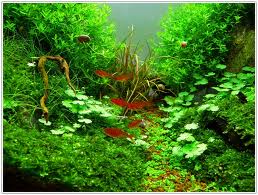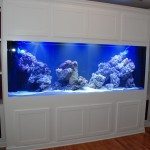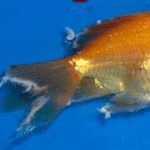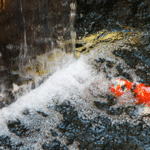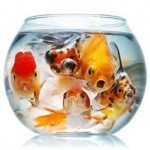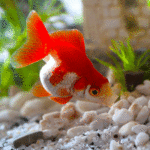Aquariums are great for providing a safe and beautiful residence for your pet fish but can also be used to create an amazing aquascape or underwater garden.
Aquascaping is basically the arrangement of aquatic plants in conjunction with rocks, stones, cavework or driftwood in a visually pleasing style.
They can be created with plants only or can be done with rockwork or other hardscape with no plants. It’s strictly up to the individuals taste as to which materials to use.
Although aquascapes are supposed to be artistic and beautiful, there are technical aspects of aquatic plant maintenance to keep in mind.
Aquariums are closed systems so the following factors must be balanced to make sure the aquascapes will remain healthy.
- filtration
- proper carbon dioxide levels to maintain photosynthesis
- substrate and fertilization
- lighting and algae control
Aquarium Aquascape Design Ideas
There are several types of aquascaping. Here are 4 different design styles.
1. Dutch Style
As the name implies this style was developed in the Netherlands in the 1930s. It features an arrangement of multiple types of plants that have different leaf sizes, colors and textures. It also has multi-levels of different heights and usually doesn’t include rocks or driftwood.
2. Nature Style
This style is also known as Japanese style because it was created by Takashi Amano in the 1990s. The basic concept of this style is to draw on classic Japanese gardening techniques which is based on asymmetrical arrangement of a relatively few plant species and a particular selection of stones or driftwood.
There are precise rules as to how to place the rocks which include the main stone being slightly off center, the accompanying stones grouped near it and the secondary stones arranged in subordinate positions. Fish or freshwater shrimp are added to the aquascape to help control algae.
3. Jungle Style
This style is also known as wild jungle style and a combination of both the Dutch and Nature styles. It infuses features from Dutch and Nature while adding bold, coarser leaf shapes which give it a wild, untamed look.
4. Biotopes
The previous styles mentioned are based on visual impact and do not take into consideration the geographic origin of the plant or animal species. Biotopes are just the opposite in that they reproduce, in detail, an aquatic habitat of a certain geographic origin and it does not have to look like a garden.
Plants and fish are not required but if they’re included in the design then they must come from the specific geographic area being represented. Any other elements used such as the gravel or even the chemical composition of the water must be representative of that habitat.
The easy way to decorate you fish tank
Get creative using these interesting and ‘easy to use’ Avatar rocks. You can tie them together to create the landscape you want in your aquarium.
4 reasons to use them
- They’re light and non-toxic
- Aquatic plants will take root and grow in the crevices
- They absorb the water’s harmful bacteria and heavy metals.
- Over time they release good minerals into the water that are conducive to fish and plant growth.
An Aquascape can be beautiful and pleasing to the eye but …
Be aware that there’s a great deal of work and knowledge involved with maintaining one of the 4 specific aquascapes described. Be sure to get detailed information on the type of equipment needed, the plants and fish that will be used and the cost involved in creating an aquascape.
Don’t be afraid to get started as there is support available for aquascape enthusiasts. The Aquatic Gardeners Association is based in the United States and has approximately 1,200 members. There is also Aqua Design Amano based in Japan and AquaticScapers Europe based in Germany. Pick a style you like and dive right in.

